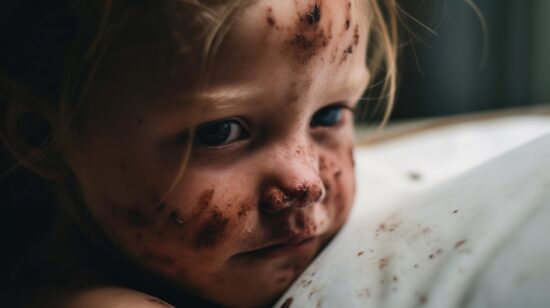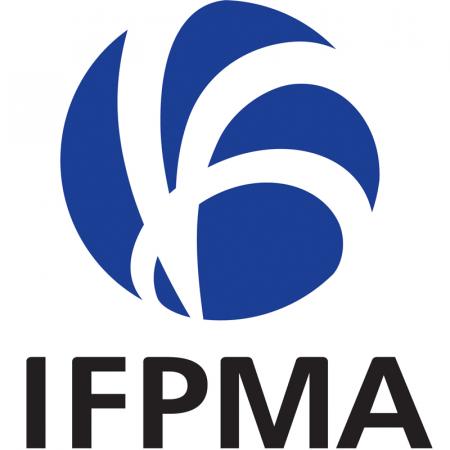Risk factors for antimicrobial resistance in paediatric burn infections: insights from a retrospective cohort study.
A study involving 3,679 paediatric burn patients found that 183 (5%) were clinically infected burns. Of these, 152 (87.9%) had culture-positive burn wound infections (BWIs) and 15.7% had blood stream infections. The most common microorganisms were Gram-positive bacteria, with Staphylococcus aureus being the most prevalent. Pseudomonas aeruginosa was the most common organism. Nineteen (5%) methicillin-resistant Staphylococcus aureus isolates were detected from 17.8% of cases. Burns to the head and neck, admission to the PICU, and previous medical history were independent risk factors associated with AMR burn infections.
AMR NEWS
Your Biweekly Source for Global AMR Insights!
Stay informed with the essential newsletter that brings together all the latest One Health news on antimicrobial resistance. Delivered straight to your inbox every two weeks, AMR NEWS provides a curated selection of international insights, key publications, and the latest updates in the fight against AMR.
Don’t miss out on staying ahead in the global AMR movement—subscribe now!






